Ten CIC Members Rank Highly in Kiplinger's Best Values in Public Colleges
Jan 5, 2011, 11:57 AM
Every public member institution of the CIC was ranked in Kiplinger's Personal Finance 100 Best Values in Public Colleges 2011, released on Jan. 5. All 10 CIC public universities were ranked in the top 70 of the magazine's 100 best...
Every public member institution of the CIC was ranked in Kiplinger's Personal Finance 100 Best Values in Public Colleges 2011, released on Jan. 5.
All 10 CIC public universities were ranked in the top 70 of the magazine's 100 best values listing, highlighted by the University of Wisconsin-Madison, which received the No. 9 slot.
The University of Nebraska-Lincoln, which will join the CIC in July, also was ranked in the top 70.
In September, all CIC members -- public and private -- were named among the world's top 200 universities in the Times Higher Education World University Rankings
According to Kiplinger's, the rankings start by analyzing more than 500 public institutions first on quality measures -- admission rate, test scores of incoming freshmen, and four- and six-year graduation rates. Then it adds cost data -- including tuition, fees, room and board, and financial aid for in-state and out-of-state students -- into the equation, and re-ranks the institutions.
"It is this combination of academic quality and affordability -- not any desire on our part to exclude a particular school -- that determines which schools make our lists for best value," wrote Jane Bennett Clark, Senior Associate Editor, Kiplinger's Personal Finance.
All 10 CIC public universities were ranked in the top 70 of the magazine's 100 best values listing, highlighted by the University of Wisconsin-Madison, which received the No. 9 slot.
The University of Nebraska-Lincoln, which will join the CIC in July, also was ranked in the top 70.
In September, all CIC members -- public and private -- were named among the world's top 200 universities in the Times Higher Education World University Rankings
According to Kiplinger's, the rankings start by analyzing more than 500 public institutions first on quality measures -- admission rate, test scores of incoming freshmen, and four- and six-year graduation rates. Then it adds cost data -- including tuition, fees, room and board, and financial aid for in-state and out-of-state students -- into the equation, and re-ranks the institutions.
"It is this combination of academic quality and affordability -- not any desire on our part to exclude a particular school -- that determines which schools make our lists for best value," wrote Jane Bennett Clark, Senior Associate Editor, Kiplinger's Personal Finance.
